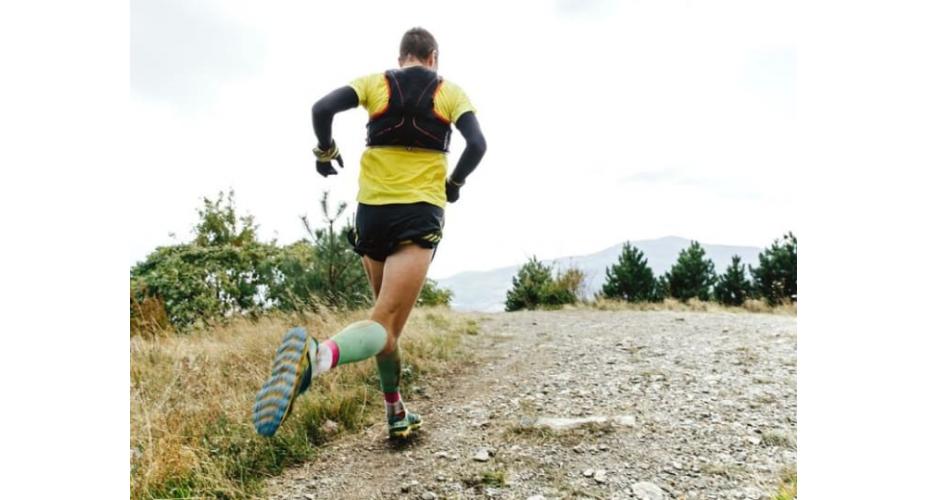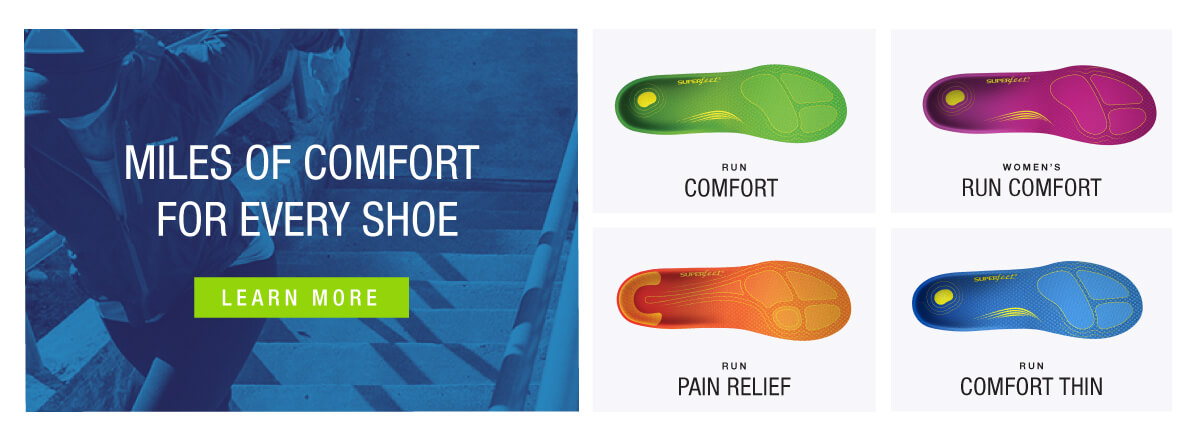
Incline training is tough, but hill sessions improve strength and running economy – if you do them right.
If you’re a regular runner looking to improve your speed and endurance you’ll know that it’s essential to mix up your training sessions. Sometimes that means short sprint sessions. Sometimes it means getting miles in your legs with a long, easy run. And sometimes, it means hill training.
Few phrases spark fear in a runner’s heart like hill running, but its difficulty is matched by its effectiveness in making you stronger and faster. If you’re struggling to find the motivation to tackle some hills – either on the treadmill or outside – health and fitness expert Faye Reid has shared four benefits of incline training from will help inspire you. But first, here are some top tips for tackling hill training.
Hill Running Tips
1. Choose A Good Hill
Go steep, but not too steep. A study published in the Journal Of Applied Physiology found that anything over 9° (the max on most treadmills), is more efficient to walk than run. And keep it short – ten- to 30-second intervals beat endless slogging.
Why it works You’ll recruit more fast-twitch muscle fibres by going near maximum intensity, so go for intervals you can only maintain for a short time to overload your muscles and get your nervous system firing.
2. Keep It Quick
Resist the urge to slow down too much. “Maintain a fast leg cadence,” says Ieuan Thomas, a Saucony UK Athlete and British world championship representative. “Think about your ground contact and ‘springing’ back off the ground as soon as possible after contact.”
Why it works Your tendons naturally store some energy with each step. Landing on your heels or slowing down will only make you less efficient and more tired.
3. Resist The Lean
You’re going to want to hunch up like Rocky. Don’t. “Fight the urge to lean too far forwards,” says Thomas. “This will reduce your range of motion, leading to a shorter stride and less power output.” Instead, let yourself angle naturally towards the incline.
Why it works Lean too much and you’ll end up bending at the waist, which will constrict your hip flexors and suck away energy. Keep a straight line between your legs, hips and shoulders.
4. Keep Moving Your Arms
Hill runs are a full-body endeavour. “The faster your arms move, the faster your legs will move too,” says Thomas. “Use them to generate more leg power.”
Why it works The idea that our arms and legs are “neurocoupled” as a result from our evolution from quadrupeds is speculative – but studies are clear that arm-swinging works for power generation. Tone it down on the flats for greater efficiency.
5. Watch The Terrain
Even if you’re not going to race off-road, it’s worth doing it in training. “If you’re going off-road, be wary of loose and uneven terrain,” says Thomas. Look up and ahead to spot your next foot placement rather than looking directly at the floor.
Why it works Off-roading will force you to change your gait and recruit balance, activating and conditioning stabiliser muscles that don’t normally get a look-in on the road.
6. Enjoy The Downhills
“Avoid the temptation to lean back on the downhills,” says Thomas. “It’s a waste of energy. Instead of striding further and braking, up your cadence and focus on turnover.” In a 2008 study, anything steeper than 5.8% will start to wreck your form.
Why it works Artificially increasing your stride rate can train your neuromuscular system to work faster. Short bursts of speed on the flat will also work, but downhills are better.
Four Benefits Of Hill Running
1. It Burns More Calories
If your number one aim is to burn calories, find your nearest incline. The extra effort involved compared with running on the flat means you’ll be calling on your body’s reserves at a much faster rate, while also strengthening your muscles
“Uphill running utilizes more muscle fibers than flat running and therefore improves strength while burning fat,” says Reid.
2. It Prevents Common Running Injuries
Regular runners place a lot of pressure on their shins and knees, often resulting in persistent niggles in those areas. Running uphill can help you avoid exacerbating those issues.
“Flat and downhill runs will mean that your weight is shifted forward and have more impact on your shins than on the supporting calf muscles, quads, hamstrings and glutes that are used to propel you forward when running uphill,” says Reid.
"The same can be said for your joints – your knees feel more strain on a flat or declining surface than your posterior muscles do. Uphill running is a perfect option for anyone looking to work those rear muscles and avoid excessive strain on your shins and knees.”
3. It Improves Endurance
No flat run feels easier than the first flat run after a hill session, and the overall endurance improvements you make will be clear next time you tackle a long race.
“By regularly running uphill, you’ll find returning to your previous flat runs comparatively easy,” says Reid.
“As the incline requires more effort and puts your muscles fibres to work, in time your overall running stamina and form will improve.”
4. It Increases Speed
Running both up and down hills helps strengthen the muscles in your legs so if you feel the need for speed, incline work can get you there.
“The extra workout to your leg muscles helps increase your running speed,” says Reid. “The same can be said for downhill running, which will build your quads. If it’s a personal best you are training for, add hill running intervals into your routine.”
Written by Nick Harris-Fry for Coach and legally licensed through the Matcha publisher network. Please direct all licensing questions to legal@getmatcha.com.


